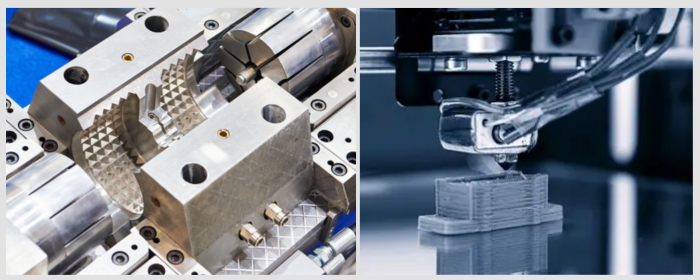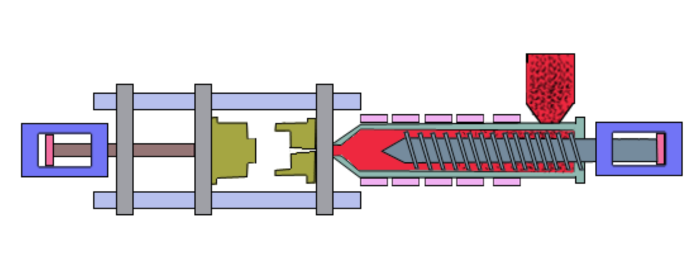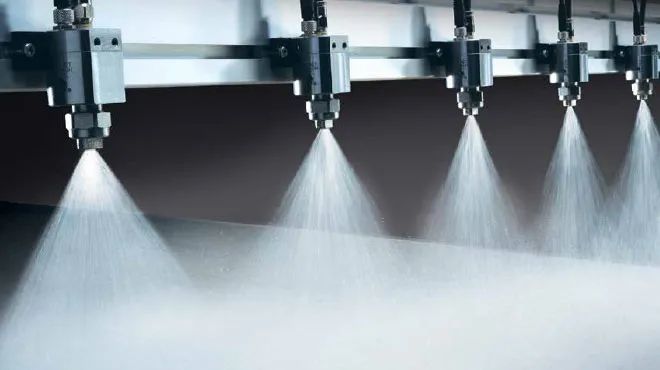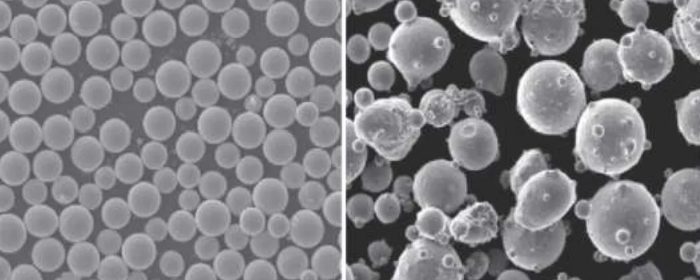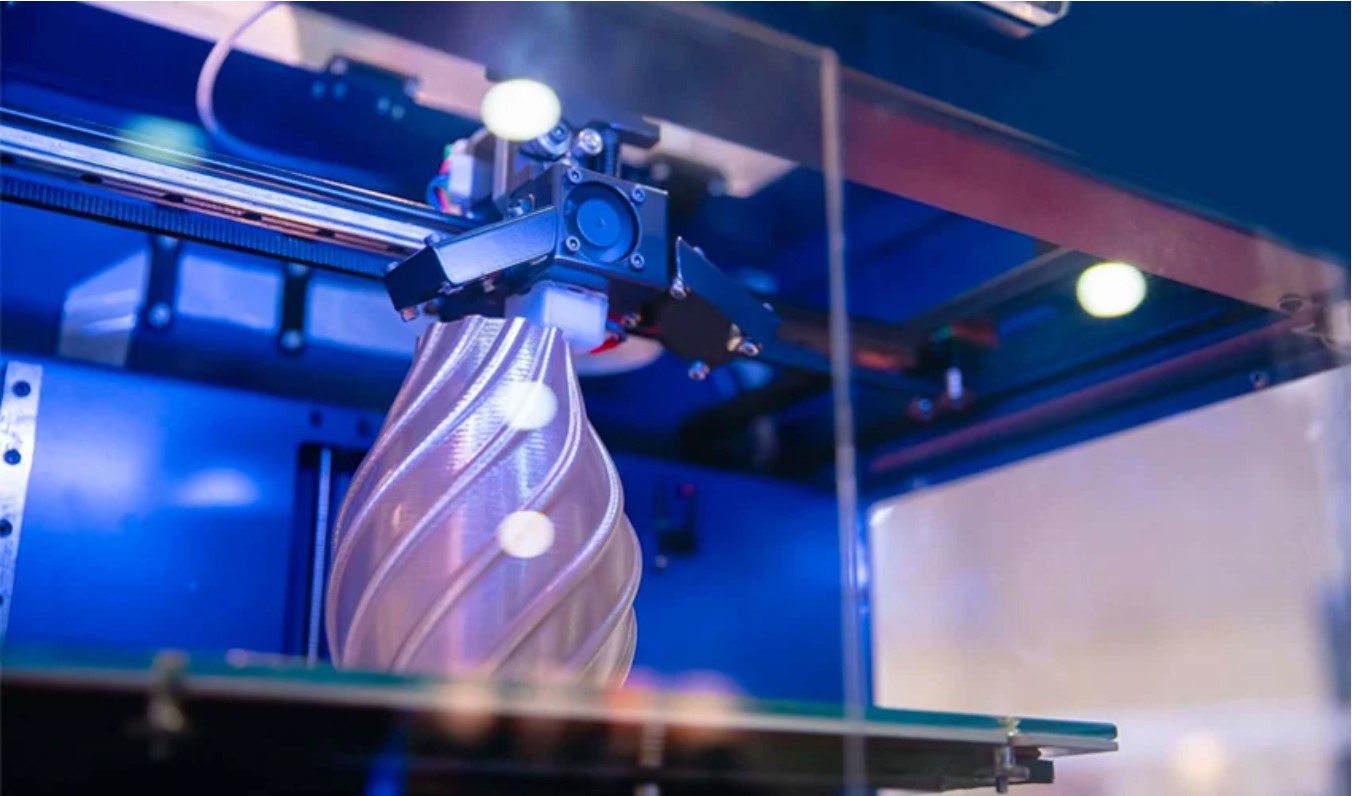

Atomized aluminum powder is metallic aluminum powder produced by atomization. Atomization is atomization of molten metal and rapid quenching to solid powder. Common atomization processes utilized are:
If produced with good atomization processes and particle size, purity, and morphology control, atomized aluminum powder can be a high-performance material. Taking Atomized Aluminum Powder from SAM as an example, this product demonstrates outstanding performance in multiple aspects.
|
Property |
Description |
|
Particle Shape |
Mostly spherical or near-spherical, with slight irregularity in some cases |
|
Particle Size |
Wide controllable range, from a few microns to hundreds of microns |
|
Excellent Flowability |
Especially spherical powders, ideal for powder metallurgy, 3D printing, etc. |
|
High Purity |
Gas-atomized variants feature low oxygen content and minimal impurities |
|
Smooth Surface |
More uniform and finer compared to mechanically crushed powders |
About SAM
Browse Aluminum Alloy Powder to learn more about aluminum alloy powders. Additionally, if you'd like to explore spherical powders for 3D printing, download our Spherical Powder PDF.
Atomized aluminum powder demonstrates extensive utility in traditional industries while exhibiting unique potential across various high-tech sectors.
Atomized aluminum powder greatly improves the high-temperature performance and durability of refractory materials due to aluminum's unique properties. At high temperatures, the aluminum powder oxidizes, forming alumina (Al₂O₃). Oxidation consumes heat, reducing material internal temperatures. What’s more, the formed alumina is also an excellent refractory material whose melting point is up to 2054°C. This "self-formed" alumina fills intrapores, building a tight shield that can withstand further erosion by heat and corrosive medium.
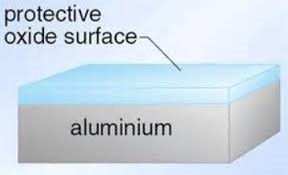
In practice, particle shape and the size of atomized aluminum powder are important in determining refractory performance. A spherical aluminum powder particle size between 1–10 μm is usually preferred since even dispersion within the matrix, together with a continuous network structure, can be achieved to offer more uniform high-temperature protection. Furthermore, the improved flow characteristics of spherical particles facilitate easier molding and processing of refractory material.
Aluminum powder is widely used as a good deoxidizer during steel production. Atomized aluminum powder has a greater specific surface area compared to bulk aluminum, and it can dissolve at high temperatures in molten steel to neutralize oxygen and form Al₂O₃ inclusions. The inclusions rise to the slag phase and are removed, significantly reducing oxygen content and improving steel quality. Studies show that aluminum powder atomized scores over 30% more deoxidation efficiency compared to conventional aluminum blocks, with better-controlled residual aluminum levels, of utmost importance in the production of high-quality specialty steels.
Atomized aluminium powder is also a basic raw material in the fabrication of high-strength aluminium alloys, where its use is widespread. Notably, in foundry applications, it serves as a precursor to the production of foam aluminium. Through the addition of foaming agents and aluminium powder into molten aluminium, foam aluminium of high strength and low weight can be created. The material possesses enhanced energy absorption and damping qualities, making it highly utilized in car crash structures and architectural sound insulation.
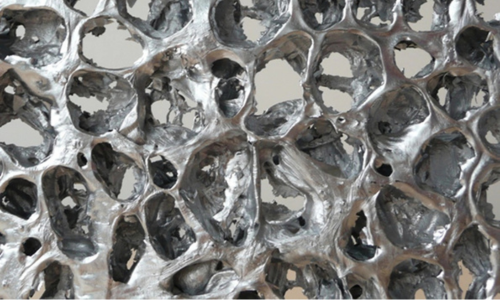
In printed circuit board (PCB) processing, atomized aluminum powder is used to produce primarily high-thermal-conductivity aluminum-based copper-clad laminates. Conventional FR-4 substrates with thermal conductivity of as low as about 0.3 W/(m·K) cannot meet the heat dissipation needs of power modules and high-power LEDs. Aluminum-powder-reinforced composite substrates, on the other hand, have been reported to reach thermal conductivities of 1–5 W/(m·K), which can lower operating temperatures in electronic components effectively.
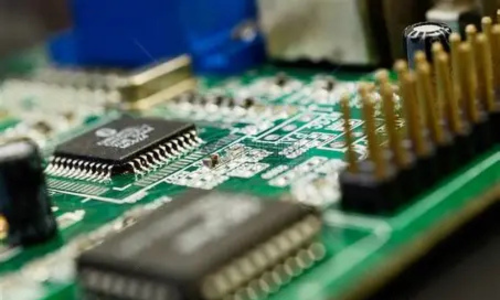
Aluminum powder also occupies a prominent position in electronic pastes. On mixing ultrafine aluminum powder (D50 <5 μm) with organic carriers, conductive pastes for thick-film circuits and solar cell electrodes can be made. While they are less conductive compared to high-cost silver pastes, aluminum pastes have significant cost advantages, so they are comparable for applications with less demanding performance.
Automobile application, particularly the new energy vehicle (NEV) sector, is in great demand for atomized aluminum powder, especially in the manufacturing of casings of batteries and heat sinks. Current figures indicate that between 2020 and 2024, the global atomized aluminum powder market grew at a compound annual growth rate (CAGR) of 8%, with automotive sector demand projected to reach 80,000 metric tons in 2025.
Powdered aluminum is the most popular metallic fuel additive. In solid rocket motors, it is typically 15–20% of the overall propellant weight. When combusted, the aluminum powder combusts quickly with oxidizers, releasing alumina and high heat. The exothermic combustion increases combustion chamber temperatures above 3000 K, boosting thrust and payload.
Atomized aluminum powder has particular advantages for this application:
Being a multifunctional material, atomized aluminum powder integrates conventional industries with high-tech. The existing R&D is aimed at three major directions:
Notably, as the NEVs and aerospace industries experience a boom, premium aluminum powder demand will continue to increase. Industry analysts estimate that the premium aluminum powder market globally will register a CAGR of over 8% over the next five years, driven primarily by propulsion and battery materials.

